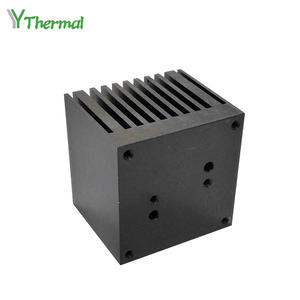
What are the differences between radiators? The concept of radiators is very wide, mainly divided into living radiators and industrial radiators, finned tube radiators are mostly used in industrial industries. Radiator, also called radiator, is the terminal product in the building heating system, and it must also meet the requirements of reliability, energy saving, environmental protection and aesthetics. Radiator installation method and precautions Analysis of the radiator installation method and precautions, what are the radiator installation methods and precautions in the radiator difference? In the spring season, most of my friends have begun to decorate, the following will give Let's talk.

The design of the steel radiator is elegant and cost-effective. The well-known brands of steel radiators are often popular, and there is an immediate connection between them for their high efficiency in central heating, beautiful appearance design, emerald green, low carbon and environmental protection, and high cost performance. For the problem that the bottom end of the steel radiator is very easy to seep water, the sales market has already upgraded to deal with this problem - the anti-corrosion gold steel product series, on the basis of all normal three-layer anti-corrosion, each heat pipe radiator The bottom end of the stainless steel plate is embedded with a massive aluminum alloy block containing 7 kinds of aluminum alloys such as magnesium, aluminum, zinc, and chromium. Large alloy blocks can be used for more than 15 years. The anti-corrosion technology has applied for national patent protection, which greatly prolongs the service life of the radiator. Generally, it costs about 3000-4000 yuan to install a complete set of radiators for a house of 100 square meters.
The disadvantages of cast iron radiators are obviously gradually eliminated. Environmental protection concept In the historical period, my country mostly uses cast iron radiators for heating, which are thermally inert, highly reliable, and have a long service life. As everyone knows, it is limited to its own material. The general appearance of cast iron radiators is not good-looking, consumes energy, and is most prone to environmental pollution. It runs counter to the pursuit of perfect individuation, environmental protection and energy saving in contemporary social development. Instead, very few customers buy the app at this stage. The copper-aluminum composite heat pipe radiator has a large heating capacity, and is preferred for separate central heating in the home. The copper-aluminum composite radiator has strong compressive performance of copper material, good oxidation corrosion resistance and good heat dissipation performance of aluminum material. Combined with the advantages of light weight, it forms a strong combination. The performance of the radiator is unprecedentedly improved, with high pressure capacity, corrosion resistance and good heat dissipation effect. , not limited by the heating system and other characteristics, the sales price is medium.
Since we are overly concerned about the degree of indoor temperature increase, we ignore that changing the radiator is a hidden project that should be paid attention to, resulting in water leakage in the radiator. Remind everyone that you can try floor heating for decoration now, and the heat dissipation is even and comfortable. Cast iron radiator manufacturers, who pass the quality standards, rarely have water leakage problems. Residents should replace the radiators with new ones before the service life reaches the upper limit according to their actual conditions.
If you have to start with the radiator, it is recommended that the radiator does not need to be moved or the number of radiators to be increased, which is very prone to problems such as water seepage. After calculating the temperature required in the room, buy a hanging heating plate if necessary and install it directly in the room, which is beautiful and practical.